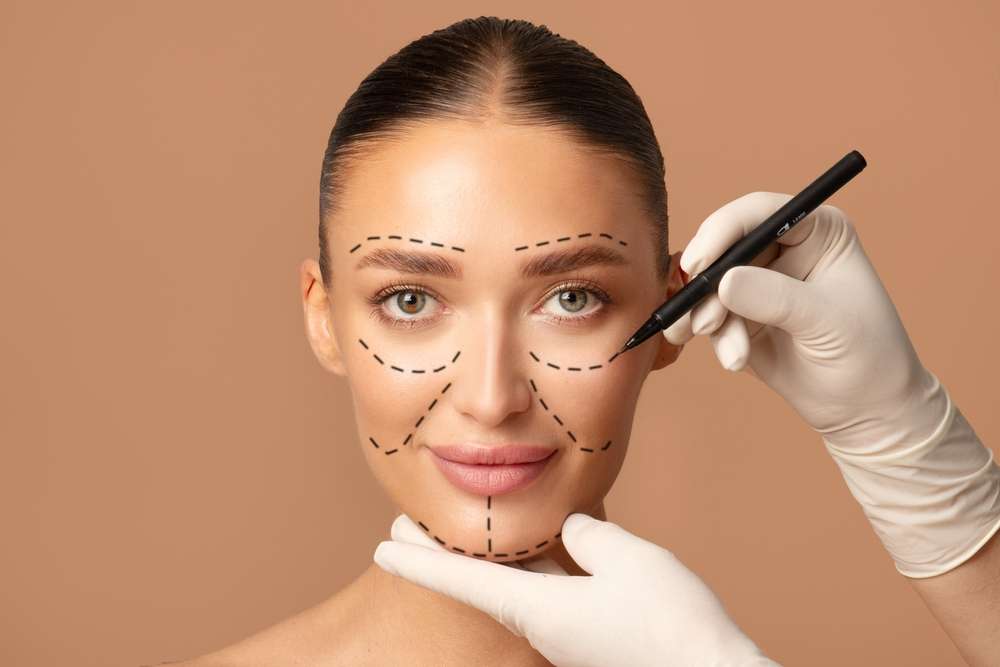Senior Cosmetics: Dermal Fillers and Aging Skin
As we age, our skin undergoes numerous changes that can affect its appearance and texture. For many seniors, these changes can be a source of concern, leading them to explore various cosmetic options to maintain a youthful look. One such option that has gained popularity in recent years is the use of dermal fillers. This article will delve into the world of senior cosmetics, focusing on dermal fillers and their role in addressing aging skin concerns.

The procedure involves carefully injecting the filler into specific areas of the face, such as nasolabial folds, marionette lines, or cheeks. The results are often immediate and can last anywhere from six months to two years, depending on the type of filler used and individual factors. For seniors looking to address signs of aging without undergoing surgery, dermal fillers offer a less invasive alternative with minimal downtime.
How do wrinkles form in aging skin?
Wrinkles are a natural part of the aging process, but understanding their formation can help in choosing the right treatment approach. As we age, our skin produces less collagen and elastin, two proteins crucial for maintaining skin’s firmness and elasticity. This decrease in production leads to thinner, less resilient skin that is more prone to developing fine lines and wrinkles.
Additionally, years of sun exposure, environmental factors, and lifestyle choices can accelerate the breakdown of these essential proteins. Repetitive facial expressions, such as smiling or frowning, can also contribute to the formation of dynamic wrinkles, which become more pronounced over time. For seniors, addressing these various types of wrinkles often requires a multi-faceted approach, with dermal fillers being one of the key tools in the cosmetic arsenal.
Are dermal fillers safe for seniors?
Safety is a primary concern for seniors considering any cosmetic procedure. When administered by a qualified healthcare professional, dermal fillers are generally considered safe for use in older adults. However, it’s essential to consider individual health factors and potential risks before proceeding with treatment.
Seniors should undergo a thorough medical evaluation to ensure they are suitable candidates for dermal fillers. Factors such as medication use, allergies, and underlying health conditions need to be carefully assessed. It’s also important to discuss realistic expectations with the healthcare provider, as the goal of dermal fillers in seniors is often to achieve a natural, refreshed look rather than a dramatically altered appearance.
What are the benefits of dermal fillers for aging skin?
Dermal fillers offer several benefits for seniors looking to address signs of aging:
-
Non-surgical: Unlike facelifts or other invasive procedures, dermal fillers provide noticeable results without the need for surgery.
-
Quick treatment: Most dermal filler sessions take less than an hour, making them convenient for seniors with busy schedules.
-
Minimal downtime: Recovery is typically swift, with most patients able to resume normal activities immediately after treatment.
-
Customizable results: Fillers can be tailored to address specific concerns, allowing for a personalized approach to facial rejuvenation.
-
Gradual enhancement: For seniors who prefer subtle changes, dermal fillers can be administered in small amounts over time for a more gradual improvement.
How long do dermal filler results last in seniors?
The longevity of dermal filler results can vary depending on several factors, including the type of filler used, the area treated, and individual metabolism. In general, seniors may find that their results last longer than those in younger patients due to slower metabolism and less active lifestyles.
Hyaluronic acid-based fillers, which are commonly used, typically last between 6 to 18 months. However, some seniors report enjoying the effects for up to two years, particularly in areas with less movement, such as the cheeks or tear troughs. It’s important to note that touch-up treatments may be necessary to maintain the desired results over time.
Factors that can influence the duration of results include sun exposure, smoking, and overall skin health. Seniors who maintain a healthy lifestyle and follow a good skincare routine may find that their dermal filler results last longer.
What are the alternatives to dermal fillers for aging skin?
While dermal fillers can be an effective option for many seniors, they are not the only solution for aging skin concerns. Several alternatives and complementary treatments are available:
-
Topical treatments: Advanced skincare products containing retinoids, peptides, and antioxidants can help improve skin texture and reduce the appearance of fine lines.
-
Chemical peels: These treatments can help exfoliate the skin, promoting cell turnover and reducing the appearance of wrinkles and age spots.
-
Microneedling: This procedure stimulates collagen production by creating tiny punctures in the skin, which can improve overall skin texture and firmness.
-
Laser treatments: Various laser therapies can target specific skin concerns, such as pigmentation issues or deeper wrinkles.
-
Botulinum toxin injections: Often used in conjunction with dermal fillers, these injections can help relax facial muscles that contribute to dynamic wrinkles.
-
Surgical options: For more significant signs of aging, some seniors may consider facelift surgery or other invasive procedures.
It’s important for seniors to consult with a qualified healthcare professional to determine the most appropriate treatment plan for their individual needs and goals.
In conclusion, dermal fillers offer a viable option for seniors looking to address signs of aging without undergoing surgery. By understanding the process, benefits, and alternatives, older adults can make informed decisions about their cosmetic care. As with any medical procedure, it’s crucial to prioritize safety and realistic expectations when considering dermal fillers or other treatments for aging skin.
This article is for informational purposes only and should not be considered medical advice. Please consult a qualified healthcare professional for personalized guidance and treatment.






